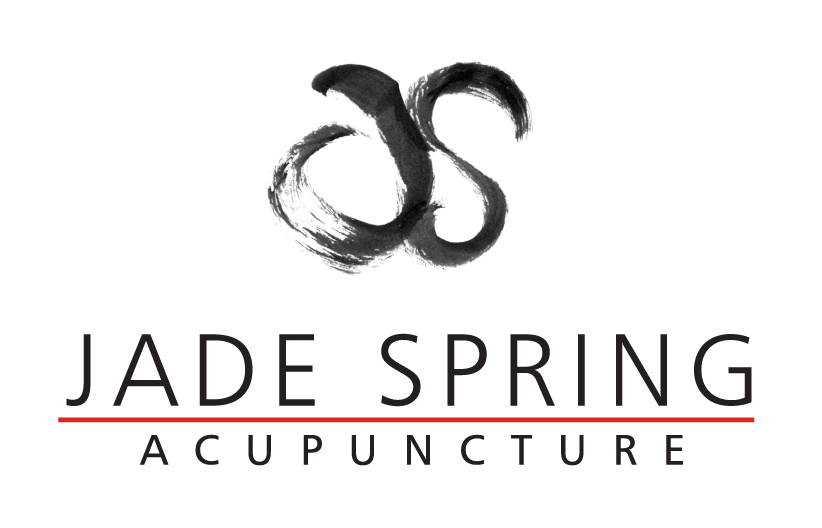Eat whole foods to support healthy gut microbes
This post (which is based on a New York Times article, Some of my Best Friends are Germs) is the second in a series of three posts about the ‘good’ germs that reside in our guts and that are essential to our digestive, as well as, overall health.
Part I: Spending time outdoors, with animals and community supports healthy gut microbes
Part II: Populating our gut with healthy microbes by consuming whole foods
Part III: The role of natural childbirth and breast-feeding in establishing healthy gut bacteria
PART II: Eat whole foods to support healthy gut microbes
Background
Microbes are ingested through our skin, nose, mouth and eyes and play a crucial role for our digestive health and bowl movements. I loved how Michael Pollan, the author of Some of my Best Friends are Germs, describes this amazing symbiosis:
"In sheer numbers, these microbes and their genes dwarf us. It turns out that we are only 10 percent human: for every human cell that is intrinsic to our body, there are about 10 resident microbes — including commensals (generally harmless freeloaders) and mutualists (favor traders) and, in only a tiny number of cases, pathogens. To the extent that we are bearers of genetic information, more than 99 percent of it is microbial. And it appears increasingly likely that this “second genome,” as it is sometimes called, exerts an influence on our health as great and possibly even greater than the genes we inherit from our parents. But while your inherited genes are more or less fixed, it may be possible to reshape, even cultivate, your second genome."
The article goes on to explain that these gut microbes seem to also be important in terms of our satiety levels and food cravings. This has huge implications for the obesity epidemic in this country, since the research the author is describing has found that many of us living in the west have a less than optimal diversity in our gut genome, and that this leads to disruption in how our bodies register feeling satisfied after meals, and can create more food cravings. So this in turn raises the obvious question of how we can diversify our microbes?
It’s no surprise that one key factor is our diet. If you have so far eaten lots of processed foods, and are used to a meat- and beer-centered diet, there are several easy changes you can make to enhance your gut microbes. When we look at some of the recommendations, the overall picture that emerges is to eat a diet rich in vegetables, fruit, grains and nuts.
It is important that foods aren’t processed and that they are as close to their natural state as possible. The key to strong and good germs is the diversity in foods you eat, getting as many nutrients from different sources as possible.
Here are few more specific suggestions:
Eat whole foods and plants. Foods that are unprocessed and in their natural, preferably organic form have the highest concentration of good germs. Animal products have actually been shown to be detrimental to the good germs, so it’s important to include meals that are completely plant based in our diet. Eating organic foods in their natural form and mostly plants will keep your digestion and health happy.
Pro-biotics and pre-biotics: Pro-biotics aid in eliminating bad germs from your digestive system, making it easier for our colon and intestines to work. Pre-biotics on the other hand put the good germs in your body before digestion occurs. This means the pre-biotics do the digestion work for you, being preventative rather than reactive to our consumption choices.
Eat fermented foods: While this could be interpreted as advocating for higher beer consumption, the goal would be to increase foods like kambucha, kimchi or fermented cheeses instead. Fermented foods have a high number of good germs and can be very helpful when you are trying to diversity your gut genome.
Read more about this fascinating topic:
Part I: Spending time outdoors, with animals and community supports healthy gut microbes
Part II: Populating our gut with healthy microbes by consuming whole foods
Part III: The role of natural childbirth and breast-feeding in establishing healthy gut bacteria



